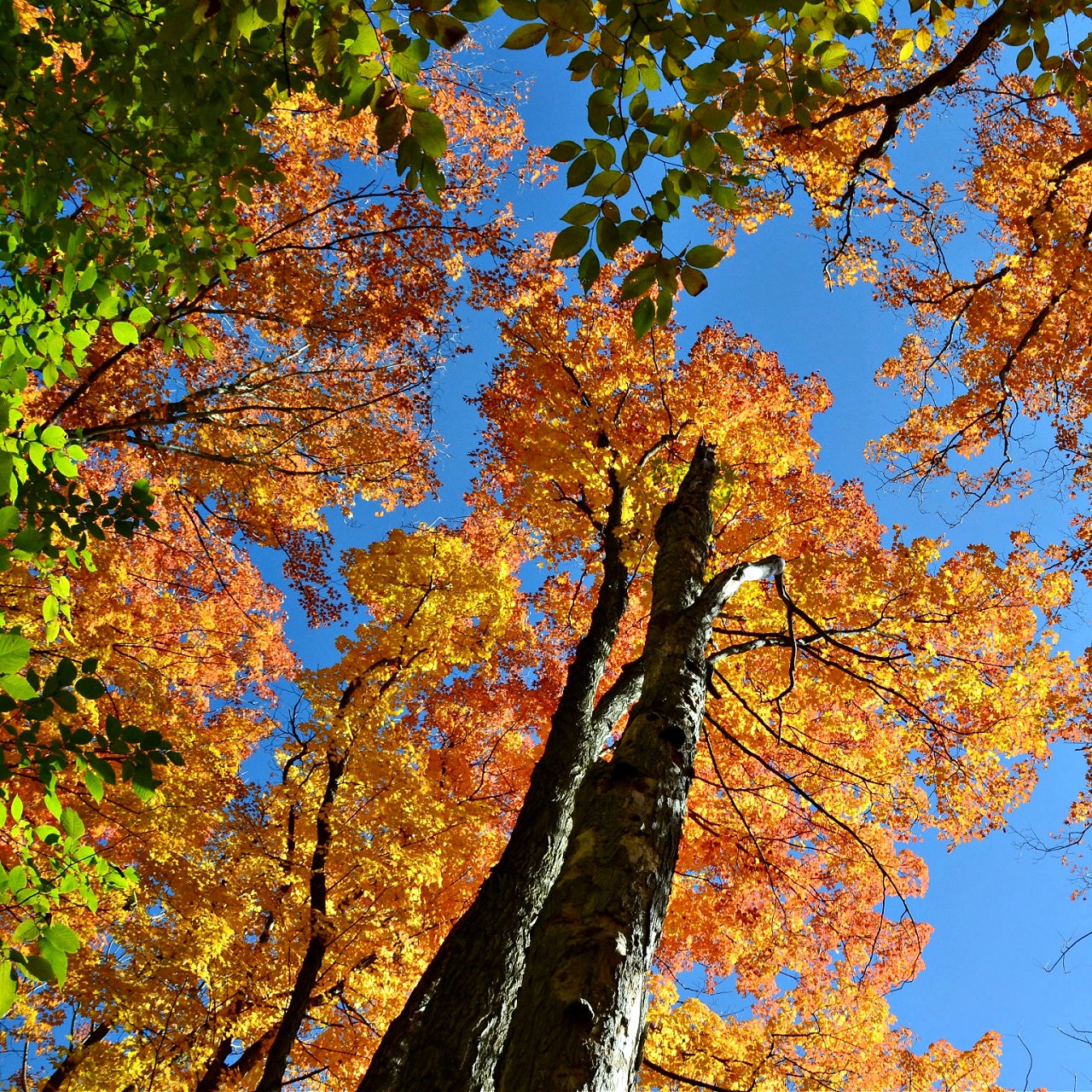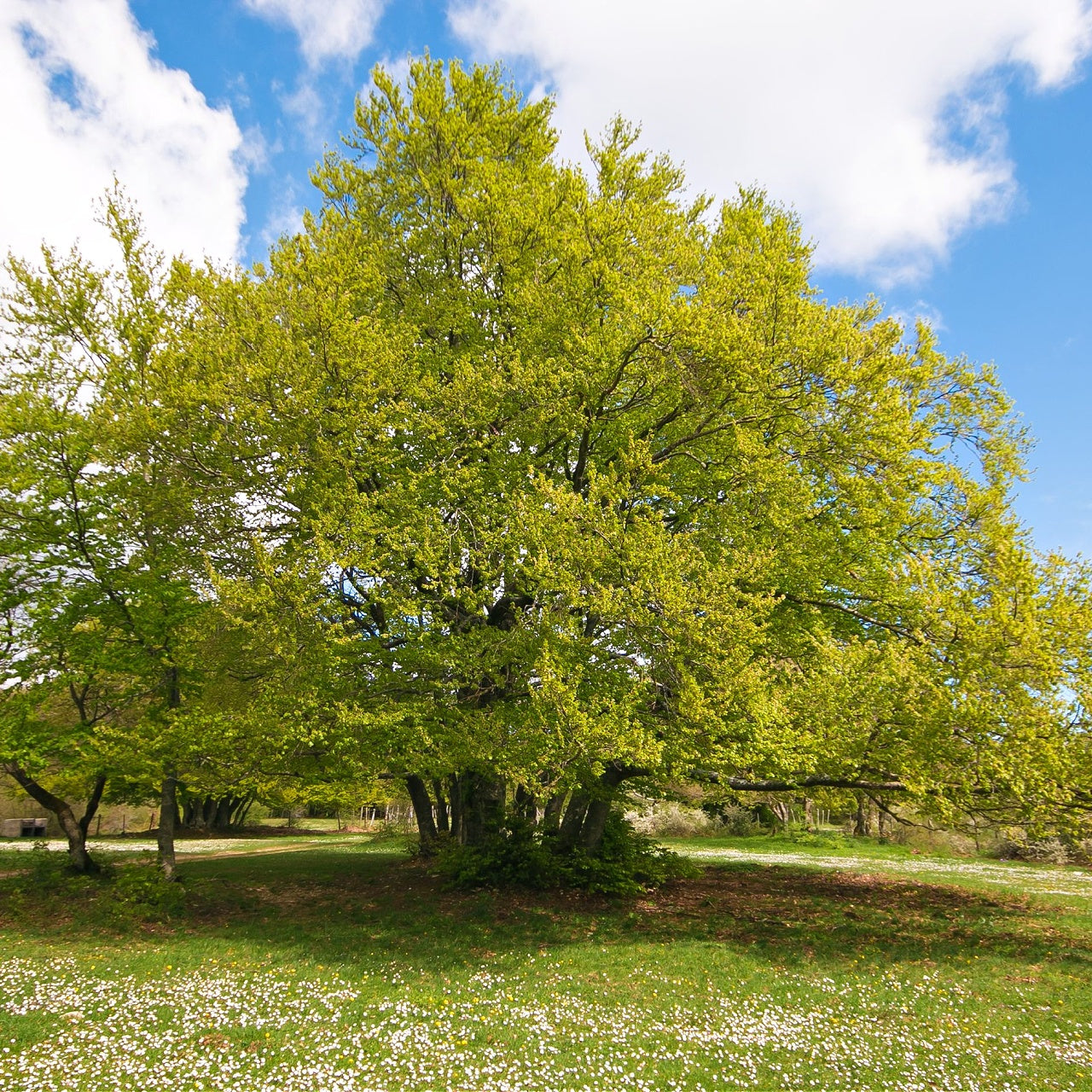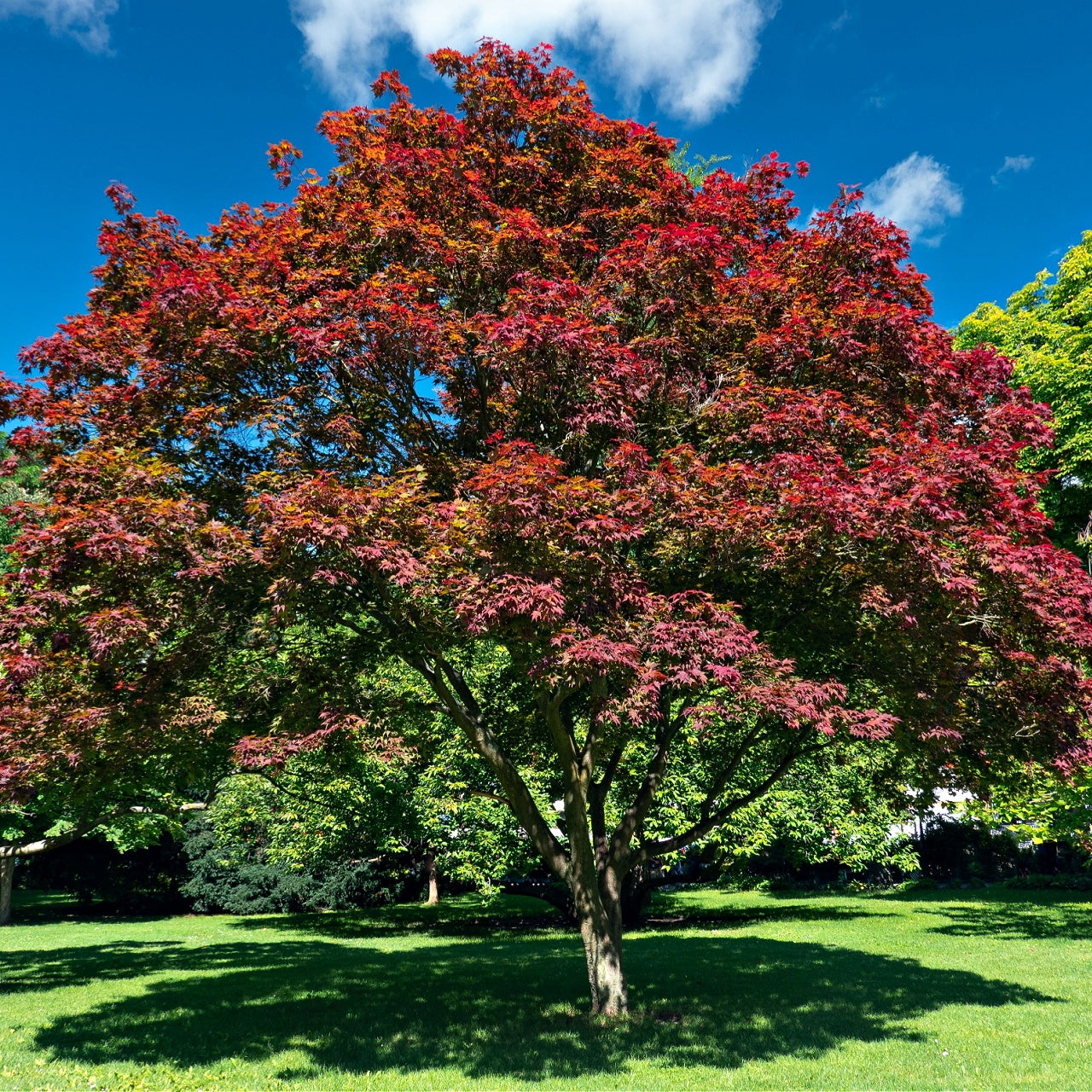
Springs 10 Most Vibrant Flowering Trees
Springs 10 Most Vibrant Flowering Trees
Gorgeous blooms of flowers aren't only exclusive to Spring. Numerous species of trees thrive with our weather, and they produce stunning blooms all year long. Here are ten beautiful flowers which will transform your backyard into a flower display in the springtime.
Cherokee Chief Red Dogwood

The Red Dogwood Tree grows from a tiny shrub to a massive tree at its height. It is a gorgeous flowering species that thrive in various environments and climates. The tree's exotic appearance has been created by nature to thrive virtually everywhere.
This tree's inherent characteristics make it perfect for any garden or yard and provide a strange appearance to your garden or landscaping. It can thrive in various climates, so you'll be in good shape and the best place for it to succeed in your region.
Red Dogwood is an excellent choice for landscaping. The Red Dogwood tree is perfect as an ornamental tree because they're well-grown. They are easy to maintain the trees, and they can provide a special touch to your garden.
Pink Princess Dogwood

Undoubtedly, this tree is one of the most beautiful trees to enhance landscaping for commercial or residential properties. The tree is most effective in full sun and partial shade. Choose a location that receives direct sunlight without filtering for at least 4 hours daily.
The blooming season for Spring is in April and May, and you'll be stunned by the beautiful flowers that fill your garden. The dark-green leaves on the Pink Dogwood are lovely and transform into a striking red or purplish-red during the autumn. It also has shiny red fruit that matures in the autumn.
This Pink Dogwood tree creates enviable curb appeal. Trees like this can be planted in various locations since they only require a little growing space. Experts in the nursery recommend keeping an area of around 25 feet when it reaches maturity, as the plant can reach approximately 25 feet tall. In addition, the tree will increase by between 13 to 24 inches each year.
In general, the Pink Dogwood doesn't need fertilizing. However, adding a large mulch layer around the base of the plant will aid in keeping the roots water.
The Pink Dogwood Tree is a great choice for commercial and residential properties because of its amazing aesthetic appeal, ease of maintenance, and wildlife value. Small birds, like robins, are fond of visiting the fruits.
White Dogwood Tree

The white Dogwood is a beautiful ornamental plant that can be used as a centerpiece for your gorgeous yard, either in the filtered light area of an area of shade or as an understory plant.
Another term to refer to this tree would be White Princess Dogwood Tree or Cherokee Princess Dogwood Tree. The most distinctive feature of this tree is the beautiful flowers they display, but it also looks stunning even without flowers. The berries are small and unpalatable to humans. However, they're a delight for songbirds and wildlife.
The Cornus Florida is a popular deciduous plant in the landscape and garden industry due to its enormous, showy four-petalled, white, snowy flowers that blossom in late Spring. It thrives in full sun or filtered sunlight but needs at minimum 6 hours of sunshine. The most preferred USDA zones for hardiness are 5 to 9.
Kwanzan Cherry Tree
The Kwanzan cherries are native to Japan (and later gained popularity throughout Korea and China). It came to America around a hundred years ago and rapidly adapted to the changing climate. Because of its unique appeal And inherent beauty, it is extensively employed for its beauty in American gardens. The species is now widespread across the mid-Atlantic states and the west and deep south throughout the prairies of midwestern America. It favors humid and warm summers.
The tree is characterized by the central trunk, which is red-brown. It stands straight before it is split into beautiful curving branches. It can grow to about 20 feet high when mature, making it ideal for an accent, ornamental tree, or as a striking specimen. Its crown has well-shaped, round, and slightly wide.
Twenty-two inches of double-layered petals make up each flower to create an attractive appearance. The flowers are double-blooming with twenty petals, ranging from 3 inches to an inch each. They'll bloom for up to three weeks during Spring's middle and illuminate the sky with a stunning pink hue. They have a beautiful, delicately floral scent with a hint of fruitiness.
Redbud Tree
It is an indigenous plant of the United States that grows in the majority of moderate-temperature USDA zone of cultivation. It's a gorgeous tree that landscapers and gardeners appreciate. The redbud is the most popular choice because of the abundance of flowers that bloom in the Spring. The delicate, pea-shaped flowers are cultivated in huge, dazzling groups.
After the season, it is beautiful and can reach a mature height of twenty to thirty feet high and about twenty feet wide. It is a canopy with gorgeous and beautiful leaves, as well as heart-shaped leaves that change from autumn to yellow.
Crabapple Tree
A crabapple tree can be a low-maintenance alternative. It's a native of the American eastern coast's forested areas. It is a natural plant that thrives in sunny meadows and clearings in the south and west-facing wood lines in hardwood forests. It requires at least six hours of direct sunlight daily to flourish.
You'll take care of your plants routinely, including a quarter inch of watering every week during dry or hot spells and occasional pruning to shape them visually and feed them compost twice yearly. The few steps to take care of your plants will be rewarded within a couple of years as an energized tree bursting with fragrant and beautiful flowers.
The crabapple tree emerges from its winter hibernation in the middle to early weeks of Spring. They begin the process of creating new growth. The buds are ripe and ready to display for the world at mid to the end of Spring.
Witch Hazel
The North American, European, and Asian continents are all home to witch hazel shrubs or trees. It can be as tall as 25 feet tall. However, many gardeners trim them to make them look less like shrubs. Some people love this tree because it blooms late in the fall when a sudden bright yellow hue is sure to turn heads.
Witch hazel can be described as a cold-tolerant, drought-resistant, deer-resistant shrub. Regardless of the soil type, it is a popular choice for most adjacent United States. When you plant it, choose a partly sunny location, then amend the soil using peat mulch or moss to provide the nutrients it requires. After the plant is established, it will require little attention aside from occasional fertilization.
Some gardeners let witch hazel expand to its maximum size, particularly in privacy cases, or block an unsightly view. Some gardeners will cut it into a low hedge around a home's foundation or in a formal garden.
Kousa Dogwood
Kousa dogwood is renowned for its beauty. Kousa dogwood belongs to the Cornus Genus, which includes over twenty gorgeous flowering dogwoods.
The Asian natural species is a deciduous ornamental tree highly well-adapted and enjoys massive recognition in the United States.
When your Kousa dogwood trees have settled into the ground, they will offer you a stunning display of beautiful cotton-white flowers during the late Spring. It will also provide a large green canopy throughout the summer. The fall season brings red, purple, or burgundy-colored foliage.
Kousa dogwood trees need sunlight that is filtered. Choose a suitable location. The ideal location will have afternoon sun and morning shade.
Before planting the Kousa Dogwood, look for drainage-friendly soil as they do not like wet roots. Remove the soil and mix with a large shovel of wood mulch, compost, or shreds of leaf litter. These materials contain the nutrition that the dogwood tree needs.
Wisteria Tree
Wisteria Sinensis is an evergreen plant that can reach up to ten to twenty feet, with plenty of support. It is an indigenous Asian species well-adapted to America's climate. United States. It thrives in complete or partial sunlight in USDA zones 5-9.
Wisteria blooms are full of size, big and sweet. The colors of the flowers vary from deep mauve and purple to blue-lavender. The plant flowers prolifically in the last months of Spring or at the start of summer.
They're fast-growing. But the process of seeing your first flowers will take time. Wholesale Nursery staffers can assure you they will be worth every minute of the long wait. Once the plant is established, it blossoms every year with little effort.
Okame Cherry Tree
Prunus Okame is a beautiful ornamental tree, a deciduous plant most well-known for its abundance of rose-toned or pink blossoms that bloom yearly in springtime.
The Okame cherry tree is believed to grow best in USDA plant zones 5 through 8. They have a lot of popularity across the lower midwest to the mid-Atlantic region and eventually into the deep south.
Each flower comprises several disc-shaped, small petals shaped into a cup-like shape with a distinctive pink color. The stunning springtime beauty, delicate form, and lush greenery of the summer foliage have become part of this American story. Today's gardeners cherish this story in the same way as they treasure their natural admiration for the beauty of nature.
Products from the Article

White Dogwood Seedlings







